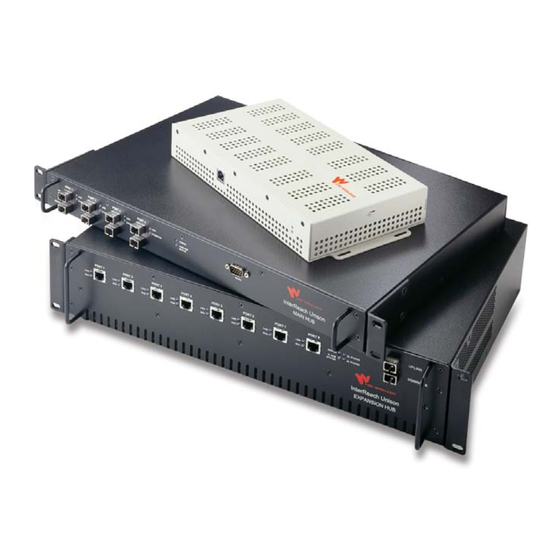
LGC Wireless InterReach Unison Manuals
Manuals and User Guides for LGC Wireless InterReach Unison. We have 1 LGC Wireless InterReach Unison manual available for free PDF download: Installation & Operation Manual
LGC Wireless InterReach Unison Installation & Operation Manual (232 pages)
Brand: LGC Wireless
|
Category: Switch
|
Size: 2 MB
Table of Contents
-
-
-
-
-
Description50
-
-
-
-
-
-
1800 Mhz DCS73
-
1900 Mhz PCS74
-
2.1 Ghz AWS75
-
Ghz UMTS75
-
-
System Gain89
-
-
-
-
-
-
-
-
Alarm Source155
-
Alarm Sense158
-
Alarm Cables161
-
-
-
Modem Connection164
-
-
Service177
-
Maintenance178
-
Troubleshooting179
-
-
Advertisement
Advertisement
